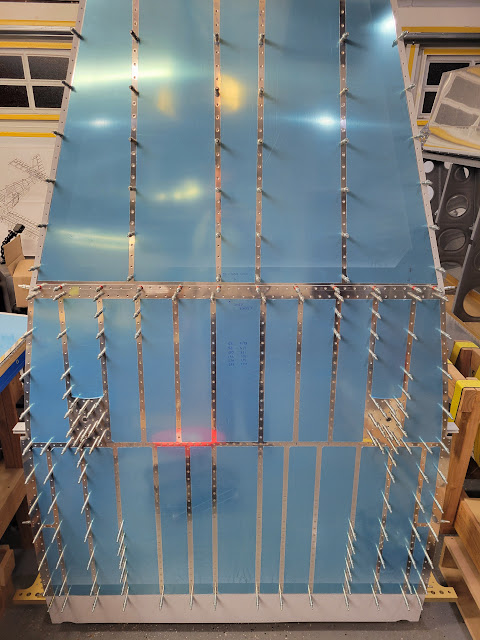Forward Fuselage Priming and Assembly - Part 1

Going forward in my build log, I will start combining sections of the build into one log entry. The reason for this is that I am no longer completing a single section before moving to the next, and there is a fair amount of jumping around between sections as I optimize use of my build time and also figure out some of the customizations and modifications that I am making. This log entry combines parts of both the firewall (27) and forward fuselage and bottom skin (28) sections. With all firewall and forward fuselage parts prepared and ready for final assembly, I got everything primed over a few days in batches. First batch of parts ready for priming Next began assembly, starting with a lot of nutplates... Nutplates attached to the tunnel scat tube support Nutplates attached to the tunnel access panel doublers Tunnel access panel doublers were then riveted to the forward ribs (tunnel sides) Nutplates attached to the forward ribs Nutplates also attached to the outside of the forward ribs....

